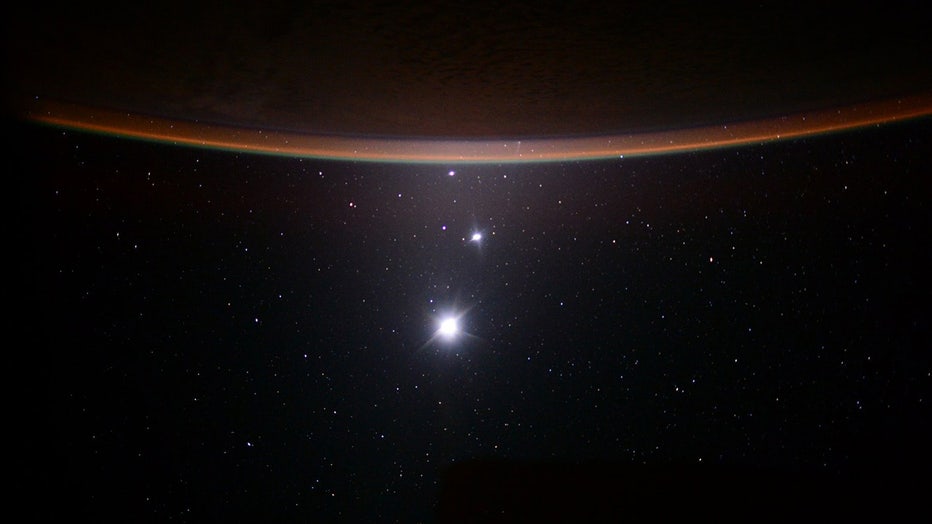See Mercury, Venus, Mars, Jupiter and Uranus at the same time.
Good news, sky watchers!
There will be a planetary alignment at the end of March and you definitely don’t want to miss it.
Now there won’t be literally a straight line planets seen in the night sky Butat least five planets plus the moon would be visible in an almost arc-like pattern as viewed from Earth.
What is planetary alignment?
Strictly speaking, planetary alignment occurs when several planets form a line when viewed from the direction of the Sun, and in other cases the planets may form an arc.
But typically, a planetary alignment will involve several different planets that come together on the same side of our sun. Starwalk.space website.
Which planets will be visible and when?
Mercury, Venus, Mars, Jupiter and Uranus will be visible during this planetary alignment period at the end of March. Star walk.space.
According to Rick Feinberg, the best day to see these planets and the Moon will be March 28th, but if you have the right equipment, you can actually enjoy this celestial event days before and even after March 28th. , senior contributing editor sky and telescope and Senior Advisor to the American Astronomical Society.
Place, place, place
While all five planets will be in the same area of the night sky this month, actually catching all five at the same time can be challenging depending on where you are.
Jupiter and Mercury will appear very low in the west just after sunset, Finberg told FOX.
“Unless you have clear skies and a nearly flat western horizon free of obstructions like trees or buildings, you won’t see Jupiter and Mercury,” Finberg said.
However, if you have all of the above advantages, you can potentially see Jupiter and Mercury in addition to the other three planets using binoculars.
According to Finberg, Jupiter will actually appear brighter than Mercury.
Venus is the brightest planet in this group.

Venus will be higher in the sky, in the upper left corner of Jupiter and Mercury, and this cannot be overlooked.
Venus will appear brighter than any star, Finberg says, and you won’t need any equipment to see it.
The elusive Uranus might be a bit harder to find without visual aids, Finberg says.
Uranus will appear next to Venus, but will be very weak. In fact, you will probably only need a telescope to distinguish it from the surrounding stars.
Finally, Mars will also appear very high in the southwest sky and will have a noticeable orange tint.
“On the 27th, the moon is not quite a quarter below and to the right of Mars. On the 28th, the first quarter moon is above and to the left of Mars,” Finberg said.
Happy planet hunting!
This story was reported from Los Angeles.
Dallas Press News – Latest News:
Dallas Local News || Fort Worth Local News | Texas State News || Crime and Safety News || National news || Business News || Health News










